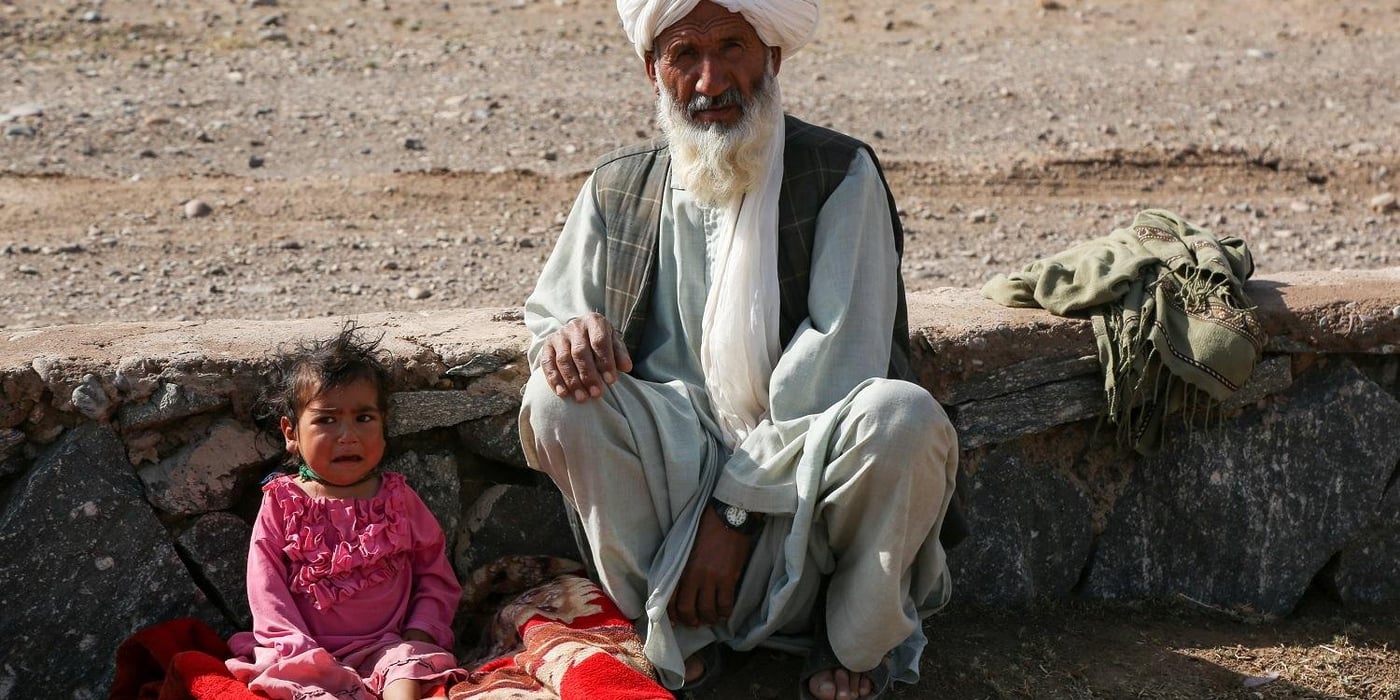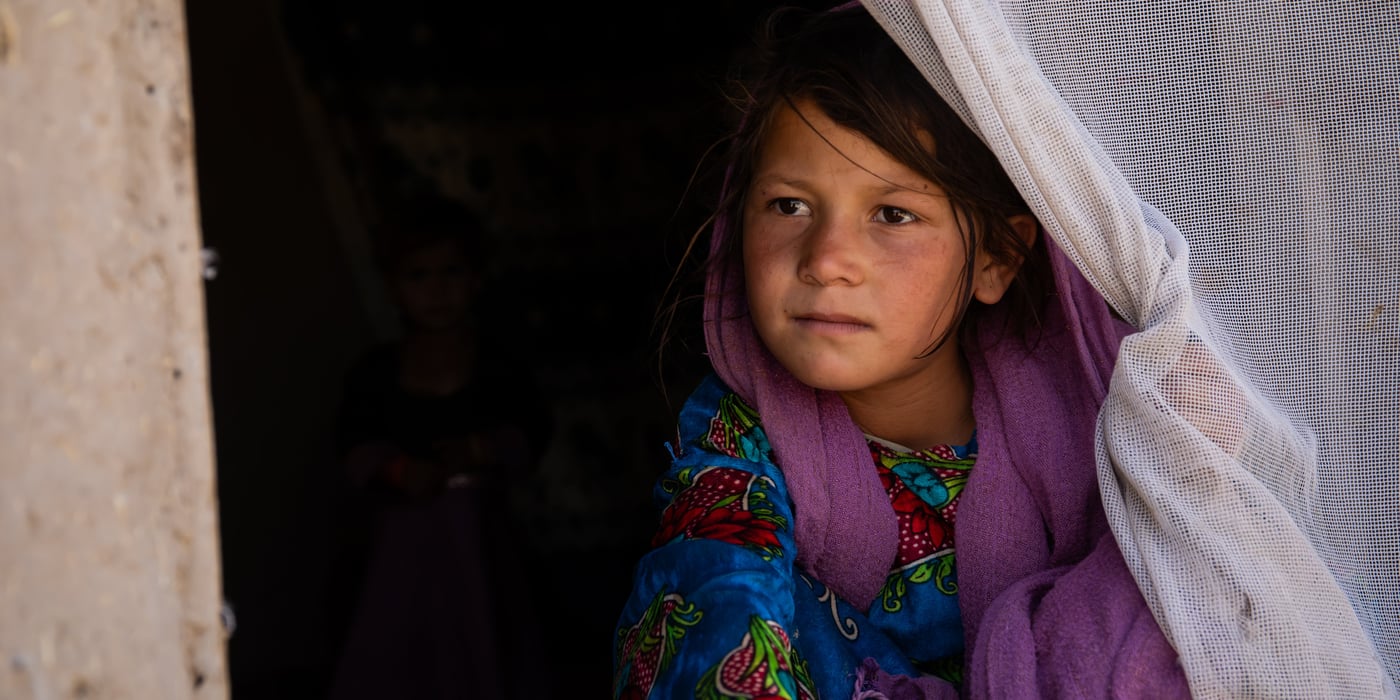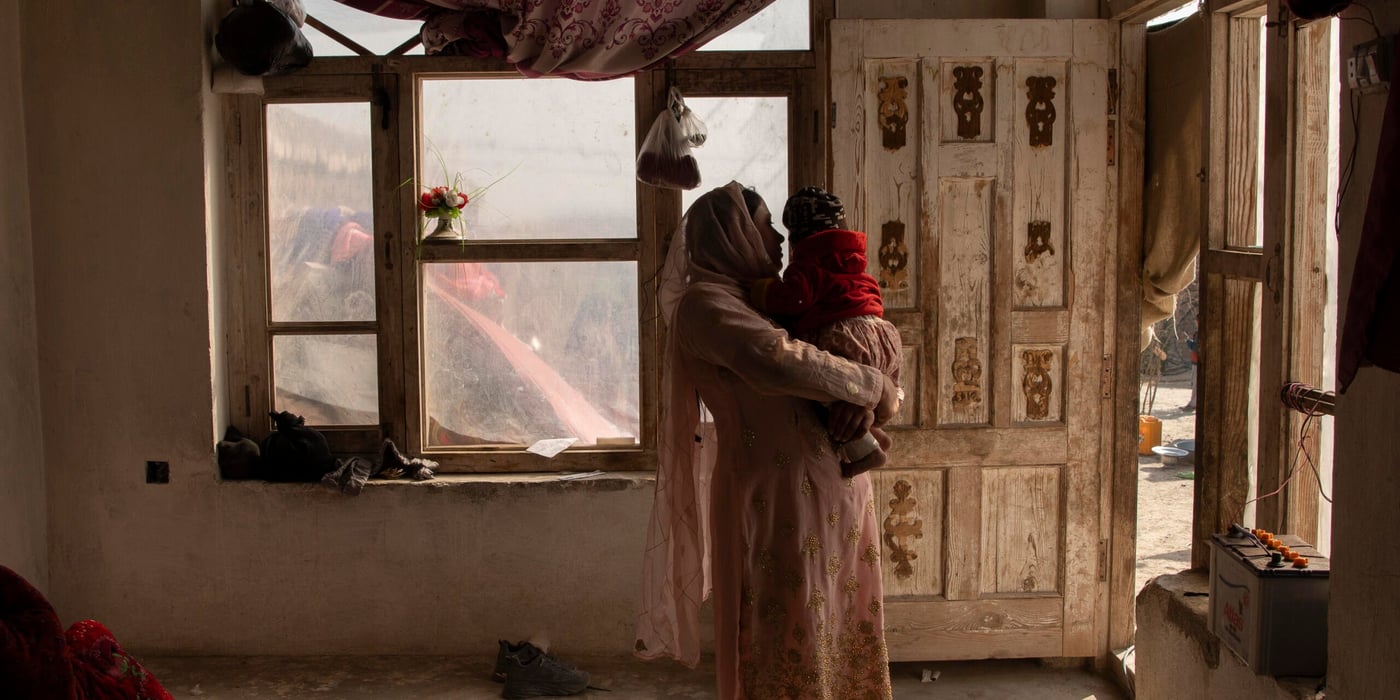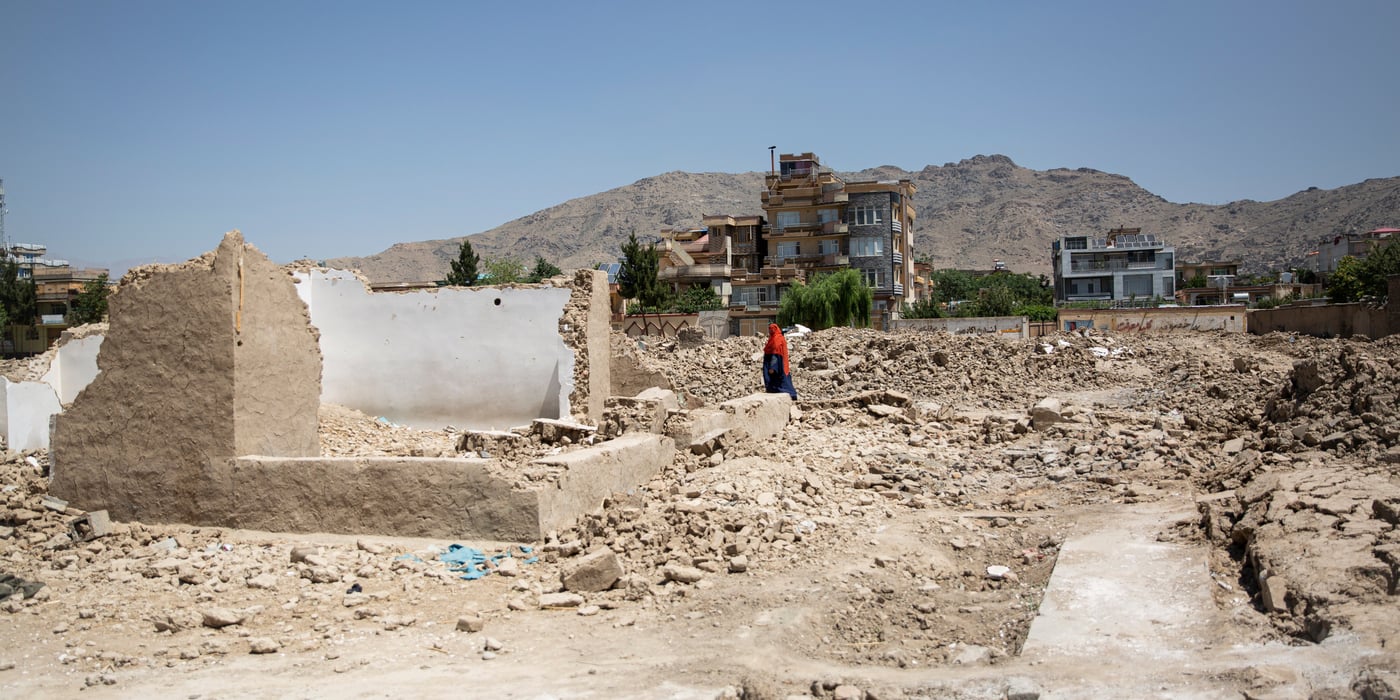
“We are concerned that the poorest cohort of Afghan society, particularly those already displaced by conflict, will be worst affected. Displaced people affected by the drought are prevented from reaching markets and aid due to the ongoing armed conflict, said Christopher Nyamandi, the Norwegian Refugee Council’s (NRC) country director in Afghanistan.
Over two million people in Afghanistan are expected to become severely food insecure in the coming months and are in urgent need of humanitarian assistance in order to survive, according to the United Nations. The North and West regions are estimated to be particularly at risk due to lack of snow and rainfall leading to dried up water points.
“Rivers and water points started drying up and we couldn’t find any grass. Last month we had to sell all our sheep and goats for 80 to 90 per cent less than what they are worth, and we fled to Qala-i-naw. Those with more money to pay went to Herat, but we couldn’t afford the travel so we stayed in Badghis. Even here, we don’t have water to drink or food to eat. The weather is hot and there is no roof over our heads. Our children are suffering under the sunlight and there is no one to help us,” displaced Abdul Salaam Babi, 35, told NRC staff. He is originally from Muqur district in Badghis province.
In a surveyconducted by NRC in January, one in two displaced Afghans said they could not adequately feed their families, and were often skipping meals. This is an increase from one in three in 2012. Regional differences are stark – with one in four respondents in conflict-affected Kandahar and Nangahar provinces saying they had suffered hunger over the past year, compared with one in six in Kabul.
In hard-to-reach Badghis Province in the northwest of the country, the most food insecure province in the country, NRC is currently assisting Afghans fleeing from fighting in Qadis District to the provincial centre. Over half of the displaced had no food stocks, and the rest had less food than to last them for a full week. 86 per cent of these displaced households had below borderline food consumption scores, with three quarters borrowing food, two thirds going into mounting debts, and a third eating smaller portions and fewer meals. One in four had restricted their own eating so that small children could eat. Prices of basic staples of wheat flour and rice have begun to climb by about 20 per cent, according to a new assessment conducted over the last weeks by NRC.
“The humanitarian crisis is not only a consequence of the severe drought, it is also a sad result of man-made factors. An under-developed irrigation system and the weakening economy is hitting ordinary families hard. But it is the ongoing and worsening conflict that is compounding these factors and bearing such a heavy cost on civilians,” said Nyamandi. “There must be an increased level of humanitarian funding and the international community must sustain the support to ensure the needs of vulnerable Afghans continue to be met”.
More than one million Afghans have been newly displaced by conflict in the past two years alone – a threefold increase in less than five years.




